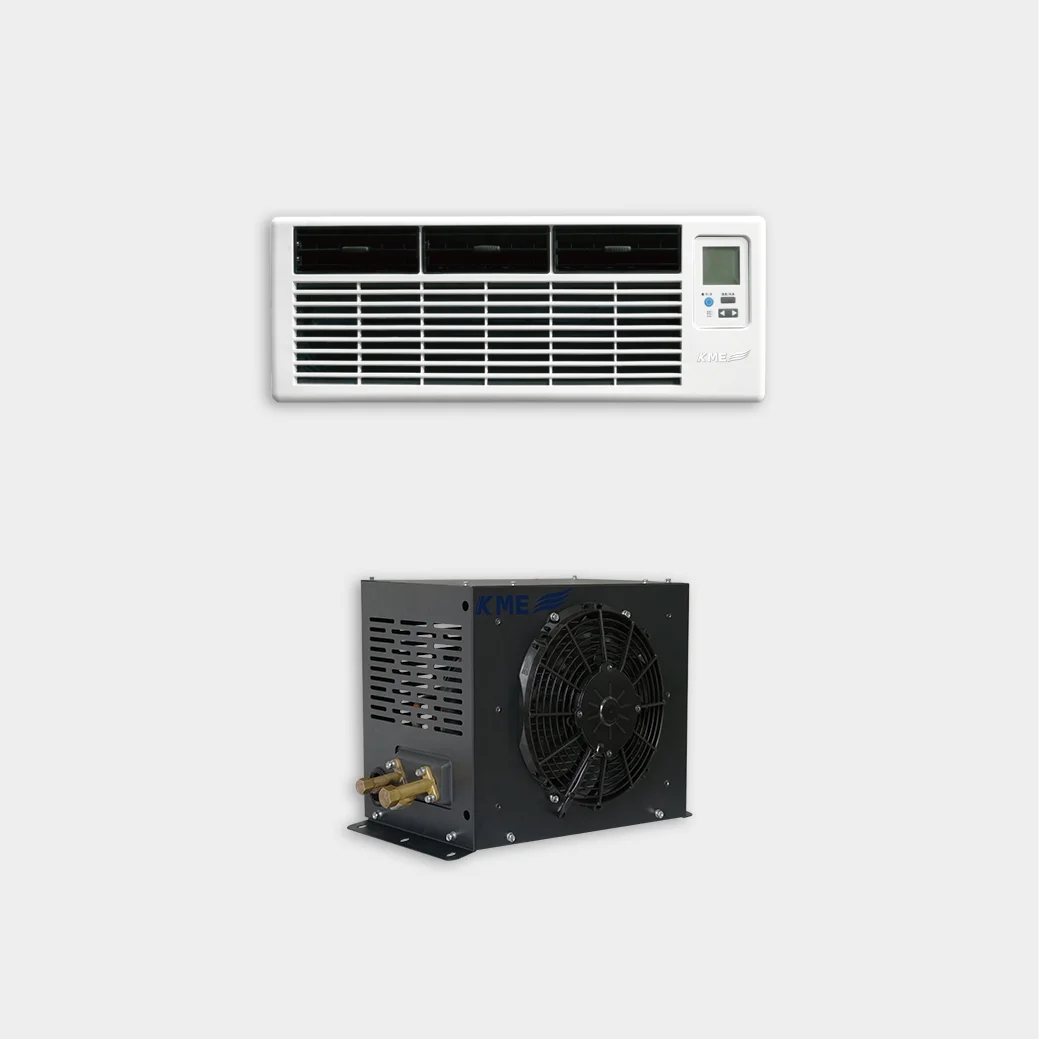- This topic is empty.
-
AuthorPosts
-
2024-11-04 at 2:52 pm #7481
As important equipment on the ship, the marine air conditioner not only provides a comfortable living and working environment for the crew but also ensures that the cargo is stored under suitable conditions. However, when the ship is moored for a long time or the air conditioner is not used for a long time, the correct maintenance method is essential to extend the service life of the air conditioner and maintain its performance. This article will introduce in detail the maintenance measures for marine air conditioners when they are not used for a long time.
1. Disconnect the power supply and clean the exterior
Disconnect the power supply: Before doing any maintenance work, first make sure that the air conditioner has been disconnected from the power supply to avoid the risk of electric shock.
Clean the exterior: Use a soft cloth to gently wipe the outer shell of the air conditioner to remove dust and dirt. For stains that are difficult to remove, you can use warm water and neutral detergent to clean them, but avoid using highly corrosive chemicals.
Check the outer shell: Carefully check the outer shell of the air conditioner for cracks or damage, especially the seams, to ensure that no moisture penetrates into the interior.
2. Internal cleaning and inspection
Clean the filter: The filter is the first line of defense against dust and impurities. Remove the filter and rinse it with clean water or use a soft brush to gently brush off the dust. Reinstall it after drying.
Check the evaporator and condenser: Open the air conditioner panel and check whether the evaporator and condenser have dust accumulation or foreign objects blocking them. Use a special air conditioner cleaning agent and a soft brush to clean them, and be careful not to damage the heat sink.
Clean the drainage system: If the drainage pipe is blocked, water will flow back and affect the normal operation of the air conditioner. Use a special drain pipe unblocking tool or soft wire to remove the blockage in the drain pipe.
Check the fan and other moving parts: Make sure that the fan and other moving parts operate freely without abnormal sounds. Add lubricating oil when necessary to reduce wear.

3. Maintenance of the electrical system
Check the wires and plugs: Check all wires for signs of breakage or aging, and whether the plugs are firm. If there is any damage, replace them in time to avoid safety hazards.
Test the control system: If possible, regularly test the control system of the air conditioner, including the remote control and panel control, to ensure that all functions are working properly.
4. Prevent moisture and corrosion
Use desiccant: Place a desiccant bag inside the air conditioner to absorb moisture in the air and prevent internal parts from rusting and mildew.
Keep ventilation: Even if the air conditioner is not in use, the fan mode of the air conditioner should be turned on regularly to circulate the internal air and prevent moisture accumulation.
5. Power on and run regularly
Periodic power on Even if it is not used for a long time, the air conditioner should be powered on and run for a period of time at regular intervals (such as once a month). This helps lubricate the compressor and other mechanical parts and prevents jamming caused by long-term inactivity.
Observe the operating status: When the air conditioner is powered on, pay attention to whether there are abnormal noises, odors, or water leaks. If any problems are found, the air conditioner should be stopped and checked immediately.
6. Professional maintenance and inspection
Hiring professionals: For users who are not familiar with the structure and maintenance of marine air conditioners, it is best to hire professional technicians for annual inspection and maintenance. Professional technicians can conduct comprehensive performance tests on air conditioners, identify potential problems in a timely manner, and repair them.
Record maintenance history: After each maintenance, the maintenance content, problems found, and measures taken should be recorded in detail, which is very helpful for future fault diagnosis and warranty services.
7. Storage precautions
Appropriate cover: If the air conditioner needs to be stored for a long time, it can be covered with a dust cover or other breathable materials to prevent dust from entering.
Choose a dry place: The place where the marine air conditioner is stored should be dry and ventilated to avoid moisture damage to internal parts caused by a humid environment.
Proper maintenance of marine air conditioners when not in use for a long time is the key to ensuring their long-term stable operation. Through the detailed steps above, we can effectively protect the air conditioner from environmental factors, extend its service life, and restore optimal performance when needed. Remember, regular maintenance and care not only saves costs but also improves the efficiency and comfort of marine air conditioners.
As a marine air conditioning corporation, we are committed to providing efficient, reliable, and environmentally friendly air conditioning systems to the global marine industry. We are well aware of the harsh requirements of the marine environment and the need for the comfort of shipboard personnel, so we continue to develop innovative technologies to ensure that our air conditioning products can operate stably under extreme conditions while reducing energy consumption and carbon emissions.
http://www.kmevehicleac.com
Taicang Kyowa Mechanical & Electrical Co.,Ltd. -
AuthorPosts
- You must be logged in to reply to this topic.